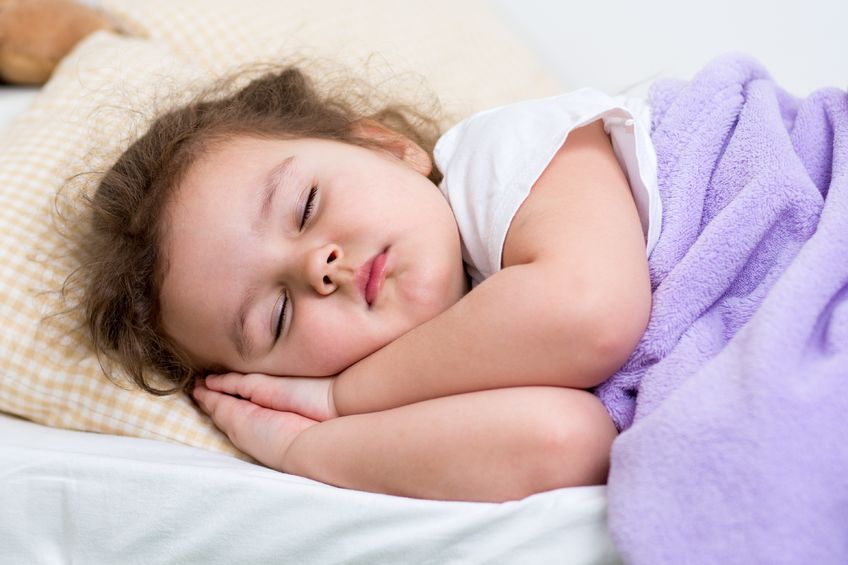While everyone needs quality sleep; it is especially true for children as they need shut-eye to support their critical growth and development. However, diagnosing sleep problems in children is entirely different than adults, making new research from The University of Adelaide quite significant.
On his journey to obtain his PhD in the School of Medical Sciences at the university, Scott Coussens set out to figure out the best way to accurately measure children’s sleep disturbances to indicate to physicians if they’ll need treatment or not.
“With an adult, many of the signs of sleep disturbance are obvious, which makes it easier to study, but children often have this mode of ‘sleep preservation’ – they appear to be in a deep sleep but you don’t see what’s happening with the underlying processes,” says Coussens.
Since the 1990s, researchers have been searching for a dependable index of child sleep disturbance, but haven’t had much success.
92 children in primary/elementary school were studied as they slept, allowing Coussens to note 30 different sleep parameters, including eye activity, breathing, changes in brain processing and muscle movements.
“From this research, we developed a new measure that could help to accurately group children into those with or without sleep-related breathing problems. This new measure can also give an indication of the severity of sleep problems, which is important for treatment,” he says.
A lack of sleep for children has a huge impact on brain health, their learning skills, language development, and overall school performance, diminishing their quality of of life. Not sure how much sleep each member of your family needs to maximize their potential? Don’t worry, click here!


No comments yet.